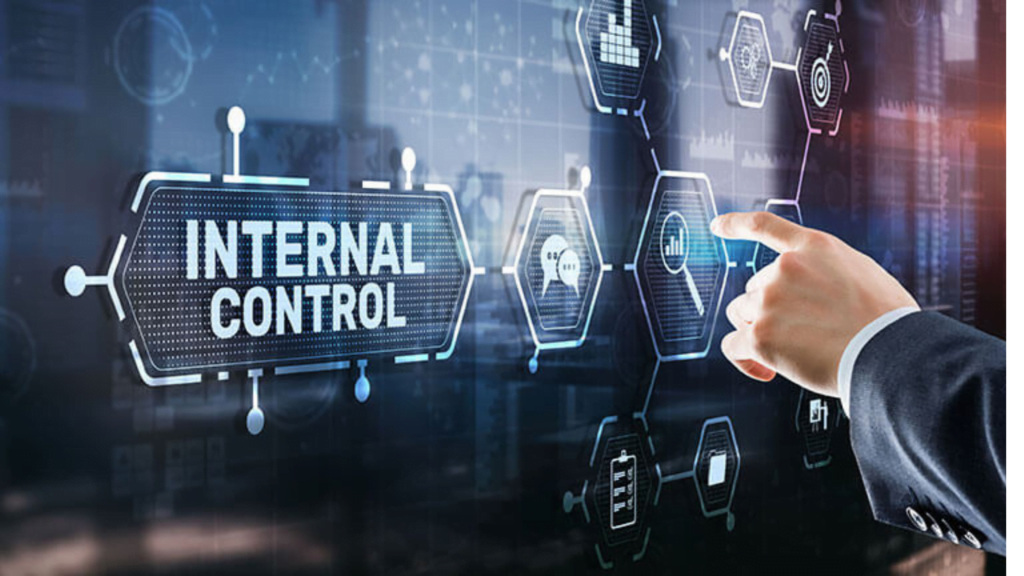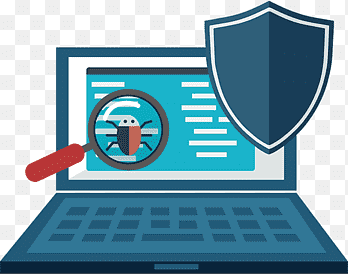INTERNAL AND EXTERNAL CONTROL TESTING

What is Internal and External Control Testing?
Internal and External Control Testing both play crucial roles in ensuring the accuracy, reliability, and security of various systems and processes. They offer distinct benefits, and a combined approach often provides the most comprehensive understanding of risks and vulnerabilities.
Why should you conduct an Internal and External Control Testing?
- Focuses on Internal Threats: Identifies weaknesses and potential fraud within the organization, mitigating risks posed by employees, processes, and internal systems.
- Continuous Monitoring: Enables ongoing evaluation of control effectiveness, allowing for proactive adjustments and improvements.
- Improved Efficiency and Compliance: Identifies redundancies and optimizes processes, also ensuring adherence to internal policies and external regulations.
- Early Detection of Errors: Proactive identification of issues helps preventing them from snowballing into bigger problems, saving time and resources in the long run.
- Cost-Effective: Can be conducted by internal resources, making it a more affordable option compared to external testing.


Why should you conduct an Internal and External Control Testing?
- Focuses on Internal Threats: Identifies weaknesses and potential fraud within the organization, mitigating risks posed by employees, processes, and internal systems.
- Continuous Monitoring: Enables ongoing evaluation of control effectiveness, allowing for proactive adjustments and improvements.
- Improved Efficiency and Compliance: Identifies redundancies and optimizes processes, also ensuring adherence to internal policies and external regulations.
- Early Detection of Errors: Proactive identification of issues helps preventing them from snowballing into bigger problems, saving time and resources in the long run.
- Cost-Effective: Can be conducted by internal resources, making it a more affordable option compared to external testing.
Our Approach
1. Planning and Scoping:
- Internal Testing: Internal audit or assisting you management in identifying risks and objectives (e.g., accurate financial reporting, safeguarding assets). Controls relevant to those objectives are then selected for testing.
- External Testing: We shall independently define the scope of audit based on regulations and risk assessments. This helps determine which controls to address.
2. Understanding the Controls:
- Understanding both the internal and external controls through documentation, interviews, and observation. This involves understanding the control activities, the flow of transactions, and the control environment.
3. Testing Procedures:
- Internal Testing: Depending on the risk and complexity, various procedures are used, like transaction testing (tracing individual transactions), observation of control activities, and inquiries about control effectiveness.
- External Testing: Similar procedures are used by external auditors, focusing on obtaining sufficient evidence to support their opinion on the control environment and effectiveness.
4. Evaluating Results:
- Both parties assess whether the controls are operating effectively, identifying weaknesses or deviations from designed procedures. This involves analyzing test results, considering control deficiencies, and assessing their impact on objectives.
5. Reporting and Follow-up:
- Internal Testing: Findings are reported to management with recommendations for improvement. Management addresses weaknesses and implements action plans.
- External Testing: Findings are reported in the audit report, highlighting significant deficiencies and their potential impact on financial statements. Management responds to the report and implements recommendations.










